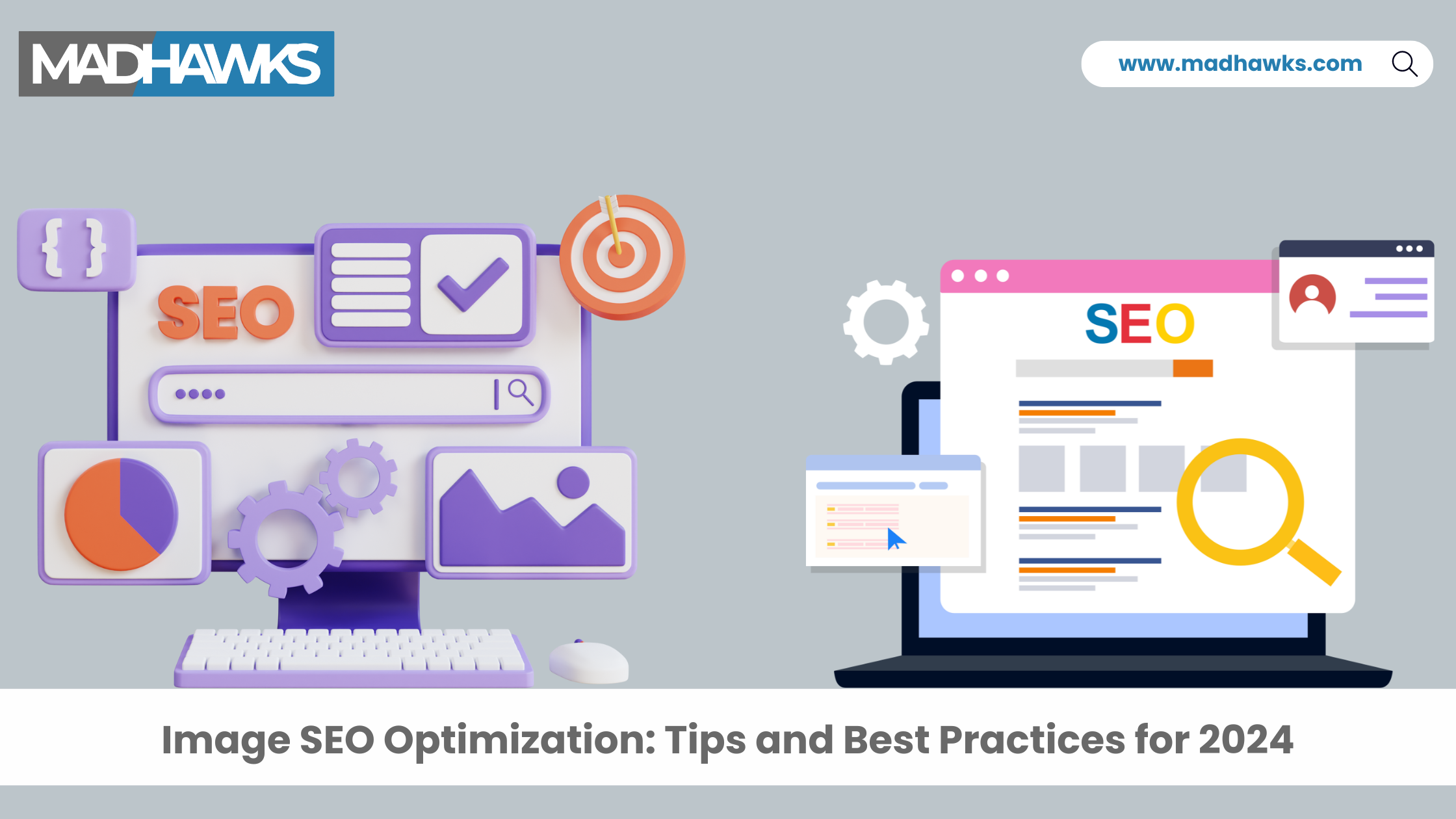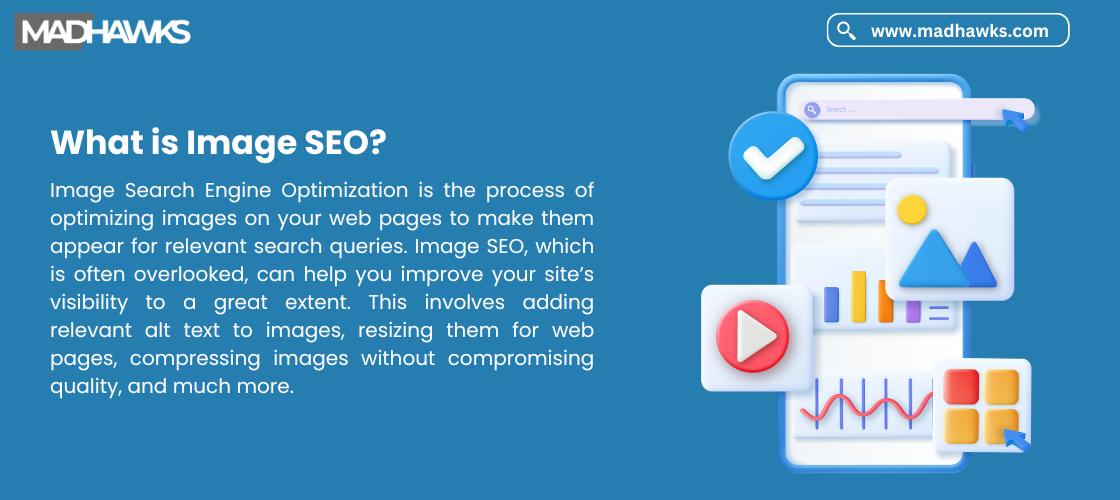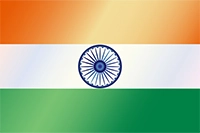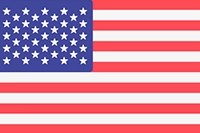Image SEO Optimization: Tips and Best Practices for 2024
Posted By Gaurav | 15-Jul-2024 | Search Engine Optimization
Image SEO, as the name suggests, relates to the optimization of images for search engines. But does that even make sense? Yes, it does. Well-optimized images have a higher chance of appearing in search results for relevant search queries. While images add life to your content, making it more attractive and easy-to-understand for your audience, they also give you an additional opportunity to make your site appear in search engine result pages. Let us dive deeper into the concept of image SEO and understand how you can improve your site’s performance with it:
What is Image SEO?

Image Search Engine Optimization is the process of optimizing images on your web pages to make them appear for relevant search queries. Image SEO Agency in India, which is often overlooked, can help you improve your site’s visibility to a great extent. This involves adding relevant alt text to images, resizing them for web pages, compressing images without compromising quality, and much more.
It helps Google and other search engines better understand the context of your images and display them on SERPs for relevant search queries. Well-optimized images have a higher chance of showing up in search results compared to non-optimized or poorly optimized images.
Why is Image SEO Important?
Image SEO becomes an important aspect to consider if you don’t want to miss out on any opportunity to improve your website’s visibility in organic search results. Optimized images can appear in SERPs, image search results, reverse image search results, etc. As images have a different format from text, they also need to be optimized in a different manner to be indexed by Google and appear in search results.
Also Check: Google Reverse Image Search - All You Need to Know
Tips to Optimize Images for Search Engines
Here are some important tips and strategies to optimize your website images for search engines and improve their visibility:
1. Create or Find Useful Images
Many individuals often search for any random images on Google and add them to their web pages or articles. But this is not how it should be done. Using original images is always better than picking images that are already available on the internet or using free stock images. Even if you are picking an image from Google, personalize it to make it relevant to your content. You can either use pictures that you have taken yourself or create images.
Use Graphic design software like Canva to create useful images like infographics, charts and graphs, icons, etc. Apart from this, if you are writing guides or ‘how-to’ content, you can use screenshots to make it more understandable and relevant.
2. Choose The Right Image Format
For effective image SEO, you also need to pay attention to the image format and ensure that you are using the right one. The right format for an image depends on its size and where it has to be used. You can always convert your images from one format to the other. Here’s how you can use different image formats:
- PNG format should be used when you want to preserve the background transparency of your image when incorporated into a web page or blog.
- JPEG format is suitable for large-sized images and illustrations. Larger images in JPEF format give better clarity in terms of colors and other elements.
- WebP is another image format that offers high quality even with smaller file sizes. So, if you want to preserve the quality of smaller image files, you can go for this format.
- SVG format is suitable for icons and logos as it allows you to resize images without compromising quality.
3. Choose the Right File Name
Even the file name of your image matters when it comes to image search engine optimization. If you are posting an infographic about differences between on-page and off-page SEO, the image file name shouldn’t be any random name like RVP123.png. You must rename it before you add the infographic to your web page. It should be something like ‘differences between on-page and off-page SEO’ or ‘on-page SEO vs off-page SEO.’ The image file name should be relevant to what it is about. Choosing a relevant file name will help Google understand the context of your image even before looking at it.
4. Add Relevant Alt Text to Your Image
Search engines use image alt texts to understand the context of images and display them for relevant search queries. Therefore, ensure that your image has relevant alt text, which includes primary keywords and gives a brief description of what the image is all about. Also, it is useful in text-to-speech conversions. Text-to-speech tools read this alt text aloud to help visually impaired people understand what the image is conveying.
Also, in case a web page is loading slowly, users can see the image's alt text even if the image doesn’t load. It is recommended to add alt texts that are up to 125 characters long. You can conduct your site’s SEO audit to see if there are any images with missing alt texts and fix them for better image SEO.
5. Resize Images for Better SEO
It is recommended to resize the image before you finally upload it to your web page or blog. Images with smaller dimensions usually load faster and hence are better in terms of SEO. One thing you need to keep in mind here is that the image quality should not be compromised. Generally, it is advisable to use images with a maximum width of 2,500 pixels. However, you can consider a few factors like the image’s purpose and devices that most of your audiences use, when deciding on the right image size.
You can use tools like Paint or Photoshop to edit and resize images before publishing them. WordPress plugins often resize images automatically, but it is not a good idea to rely solely on this. To ensure that your audience’s experiences are not compromised, try to resize images before uploading them.
6. Use Responsive Images
Responsive image scaling is another important consideration for image SEO. This should be done to ensure that the images are automatically adjusted as per the user’s screen size that they are using to view the web page. This helps improve user experience irrespective of the device they are using. It makes images easier to see for users as they are neither too small for desktop screens nor too large for mobile screens. Also, it automatically adjusts image size as per the user’s device, reducing image loading time, which further enhances image SEO.
7. Use Lazy Loading
By implementing lazy loading to images, you can ensure that the content of a web page is loaded only when it is shown on the user’s viewport. In simple words, as a user enters a web page, the entire page is not loaded at once. Content only up to the first fold is loaded at first. As they scroll down to the second fold, more content is loaded, and so on.
By doing this, you can ensure that the initial loading time of a web page is only affected by the loading time of content above the first fold. But when implementing this, make sure that you add lazy loading only to images that appear below the first fold on mobile devices as well as desktops. Otherwise, you may end up making your entire page slower than usual.
8. Create an Image Sitemap
You can create an image sitemap, which is specifically for images. It is a file that contains all the image files, which you want Google to crawl and index, further displaying them for relevant search queries. By doing this, you can ensure that search engine crawlers do not miss out on any image that you want to be crawled and indexed. This is one of the important steps you can take to improve your site’s image SEO.
Summing Up
Image SEO is affected by a number of factors that are mentioned above. If you have been overlooking the power of image SEO, it is recommended to start paying attention to it now. Even if your site already gets a good amount of traffic, doing image SEO can improve its visibility to an even greater extent. Being one of the top SEO agencies, we at MadHawks recommend adding alt texts to every image, creating an image sitemap, choosing the right file names and formats, and using responsive image scaling for better image SEO. In case you need any assistance with image SEO or the overall SEO strategy for your website, you can connect with our experts to get the perfect strategy today!
Frequently Asked Questions
1. How do optimized images benefit my website's search engine ranking?
Ans. Optimized images have a higher chance of appearing in search results, Google image search, and reverse image search. This further improves the visibility of your site on search engines, which impacts its overall SEO performance.
2. What is the best way to compress images without losing quality?
Ans. Here are a few ways to ensure that your images don’t lose quality when compressed:
- Use high-resolution images
- Use WordPress plugins that automatically resize images
- Instead of resizing the image all at once, consider resizing incrementally
- Maintain the original aspect ratio
- Use command-line tools
3. Why is it important to use descriptive file names for images?
Ans. Using descriptive file names for images helps search engines understand the context of images even before looking at the image. It maintains the relevance of the image throughout the internet.
4. What are some common mistakes to avoid in image SEO?
Ans. Here are some common image SEO mistakes to avoid:
- Uploading images with random file names like DST123.jpg.
- Not using an image sitemap
- Missing image alt texts
- Not using responsive image scaling
5. What tools can I use to optimize my images for SEO?
Ans. To resize your images for better image SEO, you can use tools like Paint or Photoshop. Even WordPress plugins can be used to automatically resize images when uploading.

